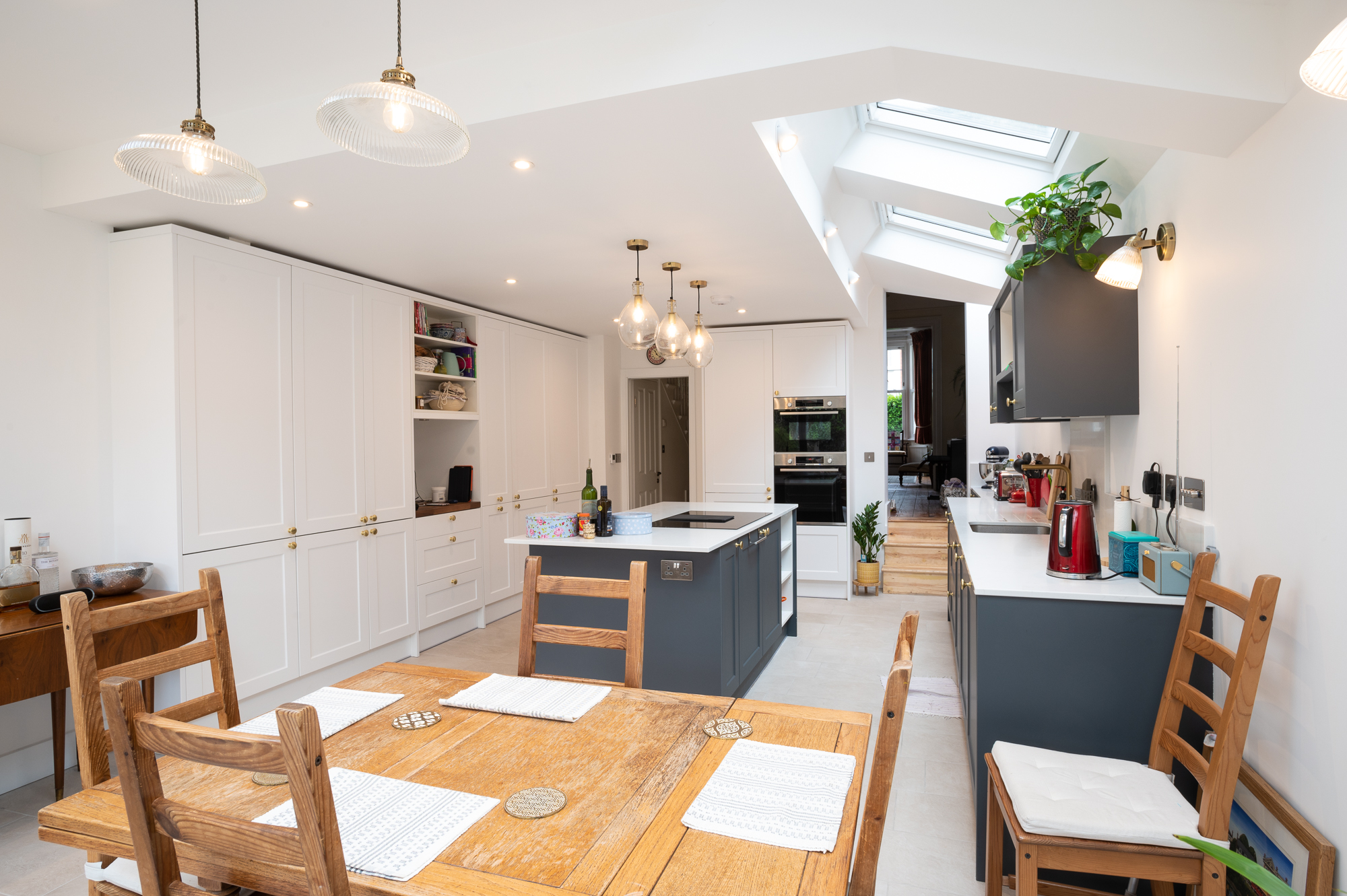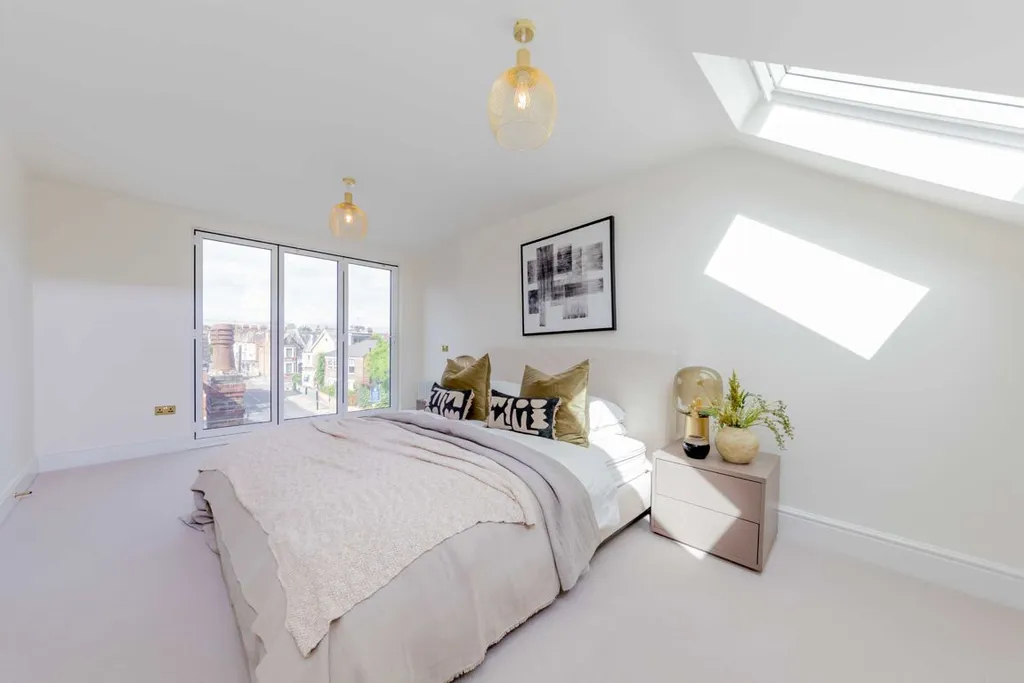Architects are dreaming up spaces with augmented reality footprints to transcend the fluidity between the real and unreal into a visceral world. By removing the schism between design and build, clients can live in the dimensions, scale, and feeling before a single brick is laid. They can make changes to plans and revisualise a more real blueprint that fulfills their desires. It also allows architects and designers to experience their work and refine it. Virtual reality experience loft conversions revolutionise the way we imagine spaces. It is not a gimmick but a game changer, and let us show you why.
Reasons why you should consider a virtual experience
Design comparison – When we envision a new space, be it a bathroom, kitchen, or bedroom, there are endless possibilities. Visualising all possibilities with architectural drawings can become difficult and uninspiring. 2-D renderings and 3D designs can be a stretch for most people, but VR conveys the message right away. The better you understand the design, the more input you can add to tailor-make it to your needs and preferences.
VR tours of blueprints are more immersive and give architects the opportunity to share their vision in multiple versions. They can make changes to the designs in real time.
Accuracy – Virtual reality inhabits its own world of form, shape, colour, and texture. It offers a realistic window to what a space will look like once built and furnished. Clients can walk around, climb stairs, and view it from different angles.
It is the closest we get to the physical experience of being in a room before it’s built. It brings accuracy to perspective, and you will know well in advance what the finished product will look like.
Space utilisation – Augmented reality gives context to dimension and scale. You are able to understand the flow of space and its limitations before interior design comes to play. Do you still want a conventional door or bi-fold windows? Do you add that patio or not? It is easier to reimagine space-saving elements with VR. Getting a realistic feel of a room helps you maximise its space and even choose compatible furniture. You might feel that higher ceilings make the room more spacious, or a picture window can replace a portion of the wall.
No guesswork – You no longer have to just imagine the design components. VR helps visualise options for finishes and flooring, such as wood, stone, marble, or tiles. You can take them for a test ride and add, remove, or alter elements to see which ones are more aesthetically pleasing.
This ability to swap, mix and match, and try out different design components is VR’s greatest strength. It means you will have the right idea from the beginning and will not be making expensive redesigns or redecorations later.
How does a virtual reality experience work?
A complete and precise architectural measured survey of your property is carried out to draw up plans for your new extension or loft conversion. These are then used to create CAD designs. Using 3D modelling technology, they are then turned into virtual reality. With a VR headset, you are stepping into your newly designed space. Advanced video game graphics engine and controllers used for the rendering make the design fully interactive. You can share the experience with your family with a VR headset from the designers that links up with your smartphone.
Additionally, designs converted to 360 panoramas let clients click around and explore the design from their POV. It is sharable and interactive. Designers who collaborate with structural engineers, landscape artists, and other construction professionals share design variations to be analysed by all for input.
Things to be mindful of before making decisions based on a VR experience
A VR simulation needs to feel real, and its augmented reality should correspond to the actual floorplan. Therefore, accuracy in measurements is essential. It requires expertise in structural calculations and specifications.
An updated and modern VR system that can link up with apps and software programmes is important to get a realistic experience of the simulation. Google Cardboard, HTC Vive, and Oculus are making simulations more realistic and functional.
Virtual reality is changing the architectural and design landscape. Its dimensionality and depth are exceptional for recreating buildings and exploring the hypothetical reality of architectural designs. People are getting a sense of place as well as a visual idea of what to expect. It is the most convenient and accurate way to get to the final design, which is pre-experienced by clients and architects alike. Good Design & Build offers sophisticated VR designs to bring your dream spaces closer to you to innovate and create extensions and loft conversions you love from the get-go.




